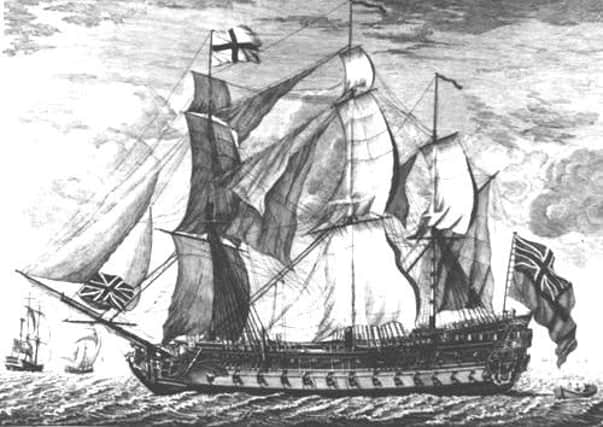The fight to preserve HMS Invincible has been raging for years


The battleship sank on February 19, 1758, after she ran aground on Horse Tail Sand, close to Portsmouth.
More than 222 years later, in 1980, the wreck site was designated under the Protection of Wrecks Act.
Advertisement
Hide AdAdvertisement
Hide AdThe area has been popular with divers and maritime archaeologists.
In 1996 Amer Ved grounded at the wreck site, although it is not clear whether or not this resulted in damage to the remains.
Then in 2012, a team of divers from the Solent Archaeological Divers Sub Aqua Club began a detailed study of the site, to locate new areas which had become exposed.
Following this, English Heritage described the wreck site as “unusual” and placed it on the Heritage at Risk Register 2013 after archaeological monitoring revealed significant parts of the site had become exposed due to lowering seabed levels.
Advertisement
Hide AdAdvertisement
Hide AdDaniel Pascoe, of Pascoe Archaeology Services, led the initial team of researchers in 2012 which prompted the change in status.
He was then commissioned by English Heritage to record exposed areas and add them to the existing site plans before they deteriorate further.
The marine archaeologist said he had already discovered lids from gunpowder barrels and musket flints at the site of the wrecked 15m-long (50ft) ship.
This project was extended into 2014, including students and staff from the University of Southampton, to carryout urgent work to record the structure that has been exposed due to the most recent winter storms.
Today’s announcement of a further £2m towards the site excavation will help to pay for further conservation work on the doomed 18th century warship.